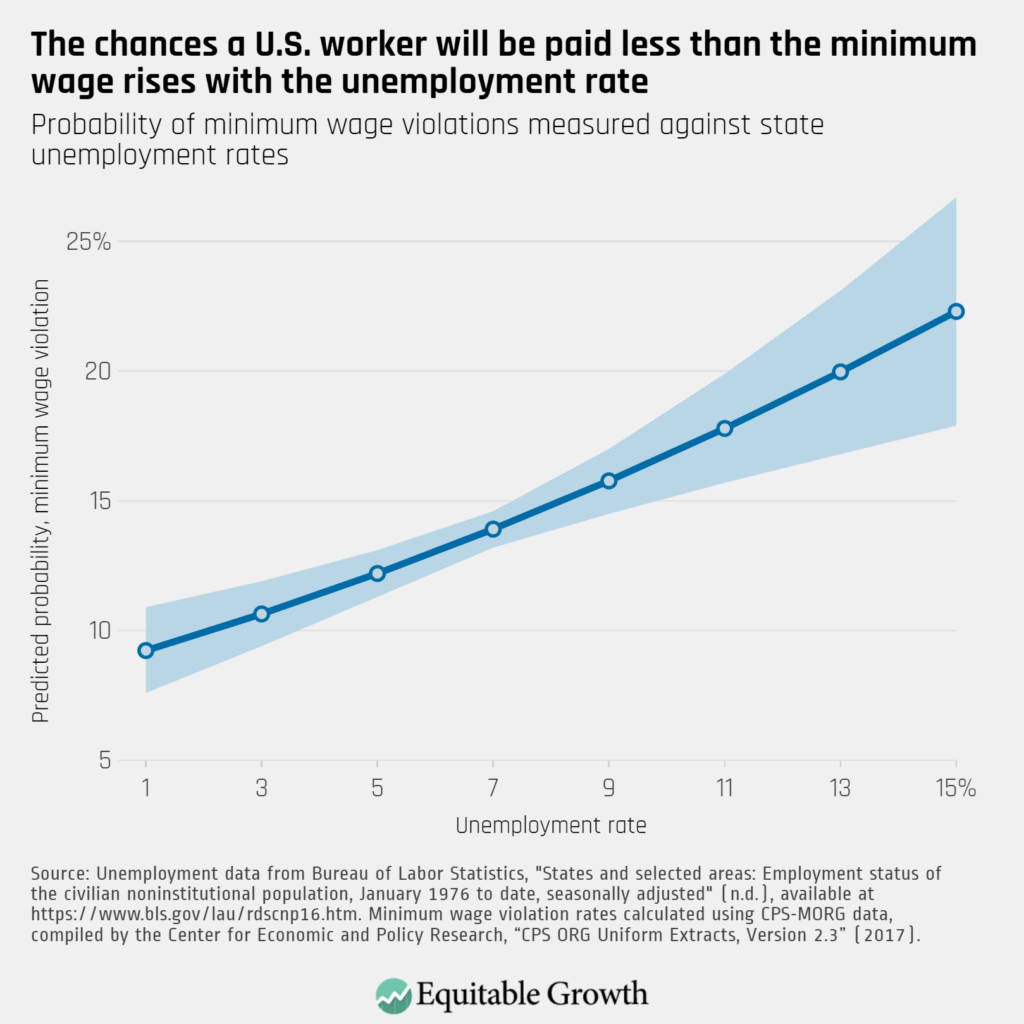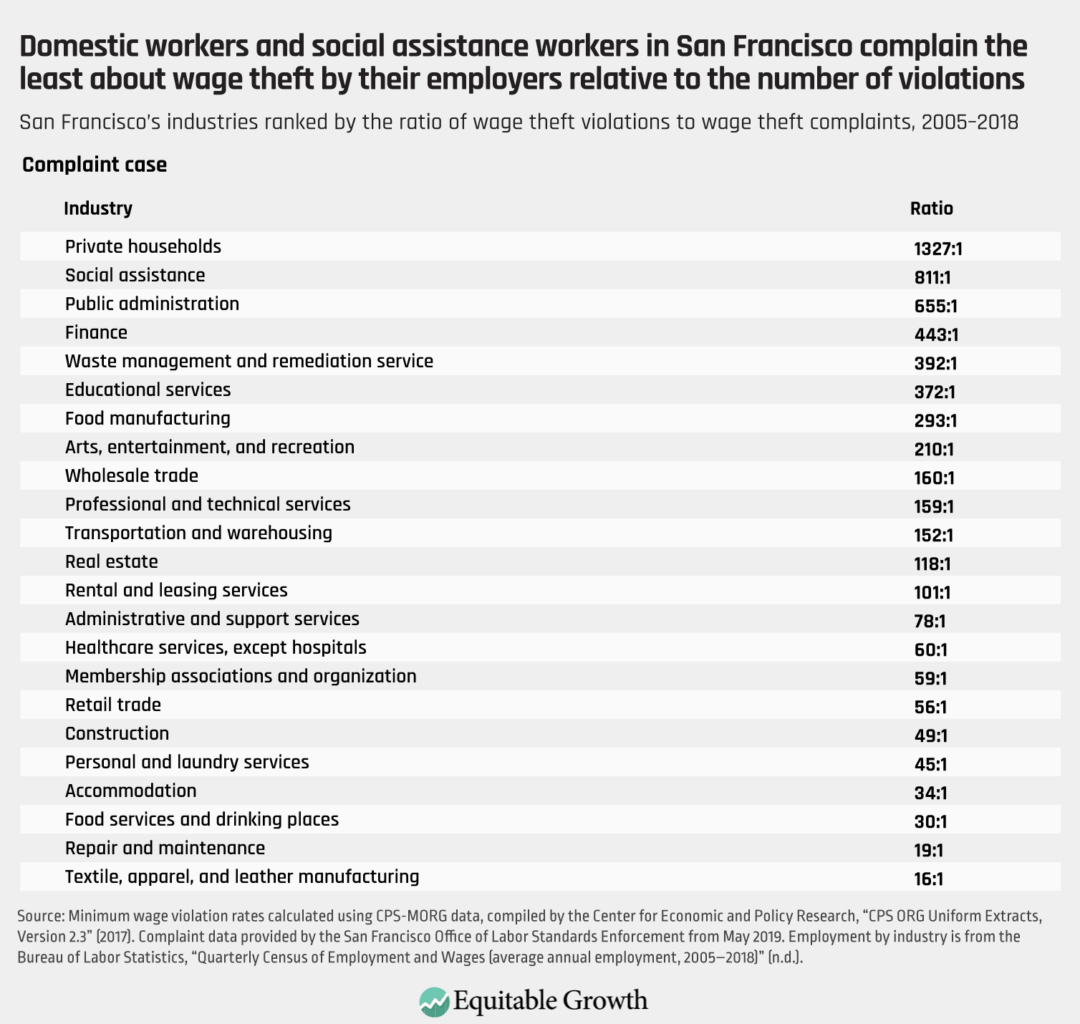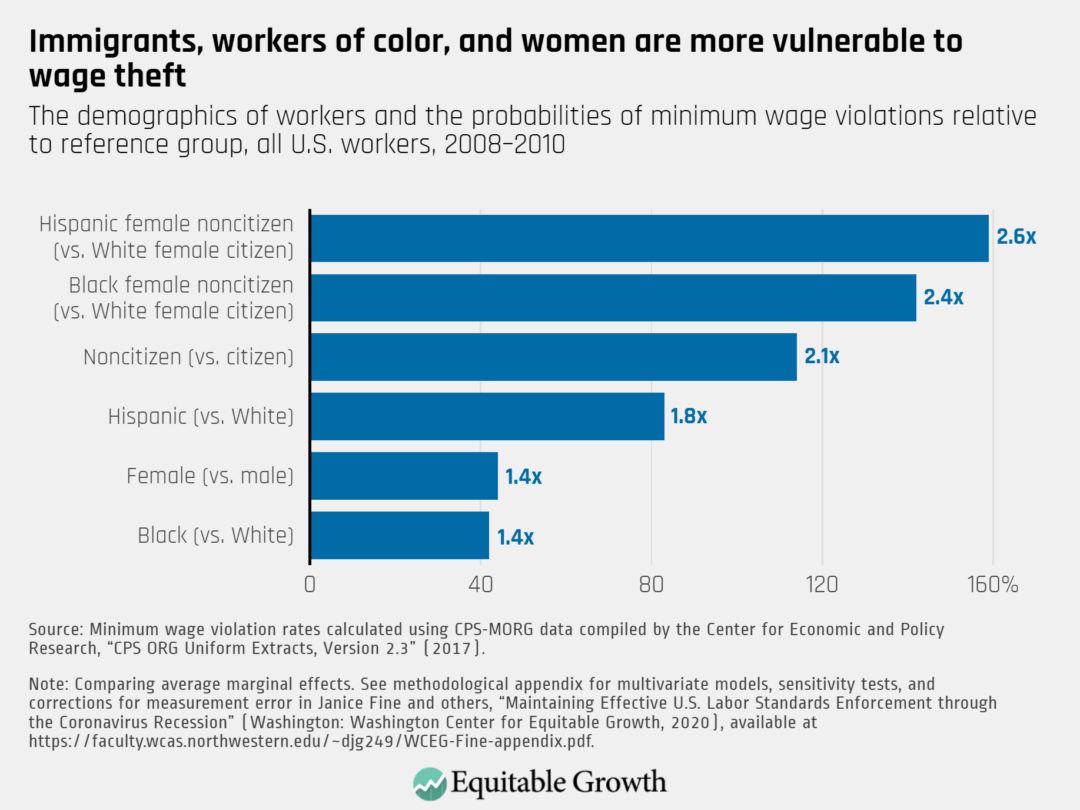This round of aid enjoys wide support across the country, polls show, and it is likely to be felt quickly by low- and moderate-income Americans who stand to receive not just larger checks than before, but money from expanded tax credits, particularly geared toward parents; enhanced unemployment; rental assistance; food aid and health insurance subsidies.
But the ambitious legislation entails risks — both economic and political. The bill, which the House is expected to pass and send to Biden within days, injects the economy with so much money that some economists from both parties are warning that growth could overheat, leading to a bout of hard-to-contain inflation. Meanwhile, some businesses are saying that government aid has been so generous that they're already having trouble getting unemployed workers to return to work — a problem that could be exacerbated by the legislation.
Unlike many other significant anti-poverty measures passed by Congress in history, this one has a short time horizon, with almost all the relief for families going away over the coming year. That could be an abrupt awakening for Americans who have grown accustomed to financial support since Congress moved swiftly to create a stronger safety net at the start of the pandemic a year ago. It also lacks the bipartisan imprint of former President Trump's bills, which directed money in larger measure to companies as well as individuals.
"This legislative package likely represents the most effective set of policies for reducing child poverty ever in one bill, especially among Black and Latinx children," said Indivar Dutta-Gupta, co-executive director of the Georgetown Center on Poverty and Inequality. "The Biden administration is seeing this more like a wartime mobilization. They'll deal with any downside risks later on."
The total numbers are staggering. Cumulatively, the government will hand out $2.2 trillion to workers and families between the relief passed last year and this latest bill, according to the Committee for a Responsible Federal Budget, a nonpartisan group. That's equivalent to what the government spends annually on Social Security, Medicare and Medicaid combined.
Exactly how much money Americans are set to receive depends on a number of factors including whether they are unemployed, their household income, whether they have children or other dependents, and the state they live in.
According to calculations by Marc Goldwein, senior policy director for the Committee for a Responsible Federal Budget, a Massachusetts family of four that had an income of about $53,000 before the pandemic and has one parent unemployed stands to receive more than $22,000 from this package. That's in addition to the unemployment assistance and child tax credit the family would be eligible for without the pandemic.
In total, this family of four is set to have received more than $50,000 from the relief bills Congress has passed since the crisis began, a large amount that more than replaces the family's lost income during the crisis.
The Democratic stimulus package also provides significant funding for vaccine distribution and state and local governments. Business and health leaders say getting most Americans vaccinated is key to the economic recovery. But most of the attention on the bill has focused on its overall price tag and the payments that are set to go to about 150 million American households.
The latest stimulus will reduce poverty by a third, lifting nearly 13 million Americans out of it, according to an analysis by Columbia University's Center on Poverty and Social Policy. Black Americans, Hispanic Americans and poor families with children are set to benefit the most. Child poverty would be reduced by more than half, the researchers predict.
The magnitude of aid, especially combined with last year's relief, is much greater than the U.S. government has responded to other economic crises. The response to the Great Recession was about $1.8 trillion over several years and the most optimistic estimates are that about 6 million Americans were kept out of poverty in 2009 because of efforts by Congress at the time.
Biden and his top officials have repeatedly said they have learned lessons from the mistakes made during the Great Recession response. This time around they want to go big enough to ensure jobs return swiftly. They want a package that, in the words of White House press secretary Jen Psaki, will get families "talking about it at their dinner tables."
Many economists say the package is far from perfect, but they broadly agree that this crisis has been an unprecedented hit on low-income workers and their children and the aid should be targeted most toward them.
Recent history has shown that giving money to poorer families delivers the greatest boost to the economy, because those Americans are the most likely to spend the money right away.
"History and a strong body of research would tell us the only way to avoid more lasting scars on households and the economy is by not doing too little," said Ellen Zentner, chief economist at Morgan Stanley. She pointed out that giving money to low-income households "is much more stimulative than past policies in a downturn."
Still, one of the biggest criticisms of the bill is that it is too large overall at a time when the Congressional Budget Office projects the economy is running roughly $700 billion below potential — a concept that tries to measure what a completely healthy economy would like.
"I don't think there's any justification from an economic standpoint or a bottom-up standpoint for $1.9 trillion in further covid relief," Goldwein said. "A package half that size would still be a safe boost to the economy."
Goldwein and others are especially critical of Democrats' decision to allot $350 billion to state and local aid, even though many states are no longer running deficits and independent estimates suggest the need is far less than that amount. Many economists also question the need to send $1,400 to people who have not lost their jobs.
"To me the part that's the hardest to justify is the $1,400 checks to everyone," said Greg Mankiw, a Harvard University professor who served as President George W. Bush's chief economist from 2003 to 2005. "They are making large payments to people who don't need them."
Mankiw points out that two of his adult children who have not lost jobs have been receiving the payments. And a family of four who didn't lose any income in this crisis would still receive an additional $5,600. Some economists are also concerned that the money, along with enhanced unemployment benefits until early September, are discouraging some people from returning to work.
"Many small businesses complain they are not able to reconnect with employees because of these benefits," said Lindsey Piegza, chief economist at the investment firm Stifel. "We want to be leery of getting a short-term boost that ends up creating longer-term roadblocks."
But the mantra of the White House and the Federal Reserve has been that it's better to err on the side of doing too much than too little. Treasury Secretary Janet Yellen has made the case that it's not just the jobless who are struggling. Many people have taken a pay cut or are working fewer hours and many families have had to juggle jobs with child-care and elder-care responsibilities, which brings more costs.
"Any time you try to design a targeted system in the scale of the U.S. economy, you end up missing people," Neel Kashkari, president and chief executive of the Federal Reserve Bank of Minneapolis, said in a Friday interview. This bill "really, in my mind, is not meant to be stimulus, it's meant to be relief for those families who've lost jobs."
Kashkari led the bank bailout, known as the Troubled Asset Relief Program (TARP), in the wake of the 2008-09 financial crisis. Back then, he said, the government was so concerned about targeting aid to deserving families that a lot of struggling homeowners didn't get money fast enough and the nation ended up with a massive foreclosure problem. He doesn't want to see that repeated.
Democrats say the American Rescue Plan corrects the flaws, not just of the Great Recession response but also the Cares Act and the covid relief bill from December. They argue that last year's bills cut aid off too soon and did not give enough help to struggling families, which is how the nation ended up with millions of Americans facing eviction, relying on food banks and unable to afford diapers.
On Friday, the Labor Department reported that the official unemployment rate is 6.2 percent, but the White House said the true rate is 9.5 percent because so many Americans, especially mothers, have stopped working or even looking for a job while they care for children. People are not counted in the official unemployment statistics if they have not looked for a job in the past month.
To address the needs of low-income families, this bill does more than provide stimulus funds and extended unemployment aid. It also expands three key tax credits — the child tax credit, the earned income tax credit, and the child and dependent care tax credit — that advocates for the poor have long urged the government to do to help reduce poverty. These programs make up about $150 billion of the bill.
Under this more generous child tax credit plan, parents would receive $3,000 a year for every child ages 6 to 17 and $3,600 a year for every child under 6. The current credit is $2,000, and the poorest families can get a refund from the government for only $1,400. The stimulus bill also expands the child and dependent care tax credit so eligible families can deduct up to 50 percent of their costs, up from 20 to 35 percent before.
For people without children, the legislation expands the earned income tax credit, which helps supplement wages for the working poor.
These tax changes, along with another round of cash payments, will boost incomes of the bottom 20 percent of Americans by 33 percent, according to Steve Wamhoff, a tax expert at the liberal Institute on Taxation and Economic Policy. That's more than double what the March 2020 Cares Act did for the poorest Americans.
Many liberals hope these policies can be made permanent so this income boost does not disappear in 2022. The bill also provides more generous subsidies to help people afford health insurance and another attempt to expand Medicaid in states that have not yet done so.
"Most of us believe these programs like the child allowance will be made permanent," said Diane Whitmore Schanzenbach, director of Northwestern University's Institute for Policy Research.
If these programs do stick around, it raises questions about whether Democrats should be paying for them and not treating them like they are emergency relief. But advocates on the left point out that if America's safety net were better, not as many people would have fallen into such a difficult situation during the pandemic and the nation would not need as large of a response.
"We wouldn't have had to take such big steps if our policies even before the crisis had been more supportive of low-income workers and low-income kids," said Sharon Parrott, president of the left-leaning Center on Budget and Policy Priorities. "If all we do is recover back to 2019, then most low-paid workers still won't have access to health insurance and benefits and millions of children will still be in poverty."
Jeff Stein contributed to this report.




